This is obvious that a country like India which is full of spiritual crowds and worshippers has innumerable holy abodes of Shiva. These devout shacks of the Hindu God, Shiva, are scattered across various corners of the country. However, the most powerful and coveted among them are the 12 Jyotirlingams. Some of them them are disputed, so the total goes up to 15 or 16. Here, we have tried to lay down the most accepted ones.
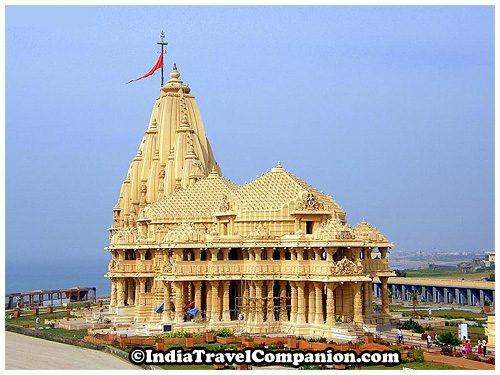
1. Somnath: Located in the Prabhas Kshetra in Saurashtra, the Somnath, is one of the twelve Jyotirlingam shrines of Shiva. Placed on the western coastal lines of India, Somnath, is said to be “the protector of (the) Moon God”. The famous holy shrine of Somnath had been destroyed and rebuilt six times. Therefore, it is popularly known as “the Shrine eternal”. The famous Shiva abode was reconstructed and revamped last time during 1947 when Vallabhbhai Patel visited the hallowed spot. K.M. Munshi, another Indian Government Minister, continued the process of rebuilding after the death of Vallabhbhai Patel.
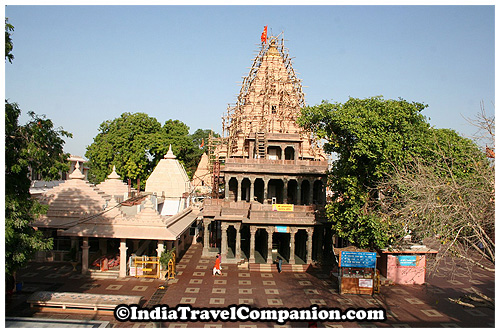
2. Mahakaleshwar: Dedicated to Lord Shiva, the temple of Mahakaleshwar, is situated in the city of Ujjain, Madhya Pradesh. It’s famously said to be one of the twelve Jyotirlingams which are considered to be the most consecrated abodes of Shiva. The Shiva temple looks enthralling as it is located on the banks of the Rudra Sagar Lake. Spiritual crowds in the vicinity know the deity, Shiva, as Swayambhu.
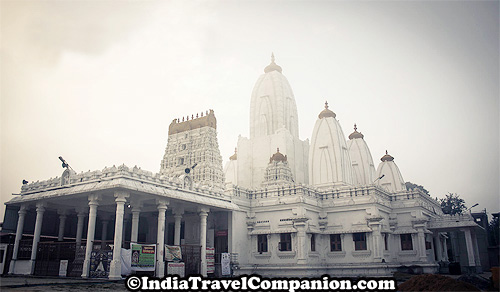
3. Omkareshwar: The holy Shiva temple of Omkareshwar is another revered Jyotirlingam Shrine of Shiva. The foundation of the famous Omkareshwar temple has been laid on the Hindu-symbol shaped Island, called Mandhata or Shivapuri. This island, nestled in the water of the Narmada River, houses another temple apart from Omkareshwar ("Lord of Omkaara or the Lord of the Om Sound"). The sanctified Amareshwar ("Immortal lord" or "lord of the Immortals or Devas") temple, built on the same island, is another Shiva abode.
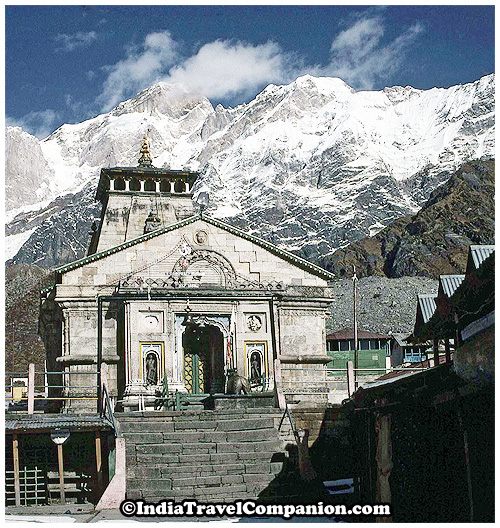
4. Kedarnath: Located atop the Himalayan Range, on the protracted land near the Mandakini River in Kedarnath, the holy Kedarnath temple is dedicated to the Hindu deity, Shiva and is one of the grand temples of India. Countless numbers of pilgrims want to access the temple but many are unable to access this holy premise due to the extreme weather condition. The temple remains open for the devotees during April- Kartuk Purnima (The autumn full moon). During winters the idol of the temple is brought all the way to Ukhimath. Devotees pay tribute to the deity here for six months.
The temple, however, is not directly accessed by road. Trekkers and pilgrims enjoy a 14 km uphill trek from Gaurikund to reach the desired destination. Built by Adi Sankaracharya, it is the holiest Hindu shrine of Shiva. The old temple actually was there since the period of Mahabharata. It is believed that the temple was constructed when Pandavas could successfully satisfy Shiva by doing penance in Kedarnath.
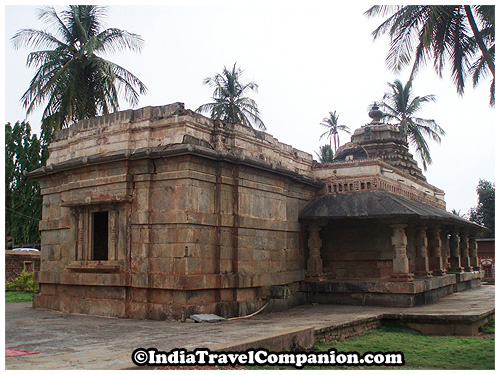
5. Bhimshankar: The Shiradhon Village, about 50 km away towards the North- West side of Khed, houses the holy Hindu pilgrimage point, Bhimshankar temple. It is the renowned source of the Bhima River which meets with the water stream of the Krishna River at Raichur. Besides Bhimashankar temple, other famous temples of Maharashtra are Trimbakeshwara (Near Nashik) and Grishneshwar (Near Ellora).
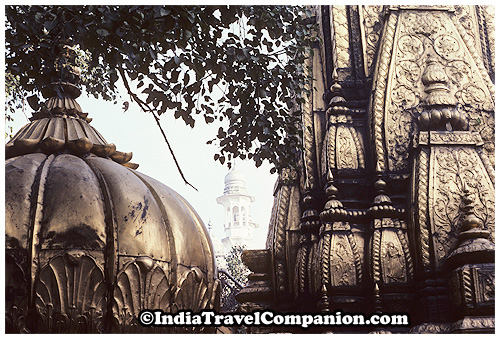
6. Kashi Vishwanath Temple: Every Hindu devotee is expected to visit the holy temple of Varanasi. Spiritual people who visit Kashi Vishwanath temple scatter ashes of the deceased ancestors in the holy River Ganges. One of the twelve Jyotirlingams of India, the temple of Kashi Vishwanath, is located on the western banks of the River Ganges. The chief deity who is residing on the holy throne is known as Vishwanath (The ruler of the Universe) in the proximity. The city, Kashi where the temple is actually positioned, has a history of 3500 years. Due to the existence of the 15.5 meters high Golden spire, built by Maharaja Ranjit Singh, the ruler of Lahore, the consecrated Vishwanath temple is called as the Golden temple.
The current structure of the temple is located beside the Gyanvapi Mosque which was the actual place of the ancient temple. The temple had been destroyed and reconstructed a number of times. The present structure, however, was erected by the Maratha Monarch, Ahilya Bai Holkar of Indore in 1780. The Government of Uttar Pradesh is managing the temple since 1983. The chief priest, Kashi Naresh, the king of Kashi, is only allowed to access the Sanctum Sanctorum during religious occasions like Shivaratri. Others can get inside the sanctorum only after performing their holy religious functions.
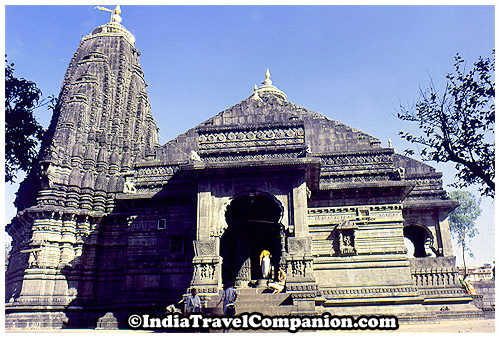
7. Trimbakeshwar: About 28 km away from the city of Nasik, the Trambakeshwar temple is a Hindu paradise in Trimbak of Nashik District. Dedicated to Lord Shiva, as many other holy pilgrimage points of India, Trambakeshwar is one of 12 sacred Jyotirlingams of Shiva. The temple actually is located at the source of the revered Godavari River which is worshipped by large group of Hindu pilgrims in India. A number of banks of this river are considered sacred bathing places for the pilgrims.
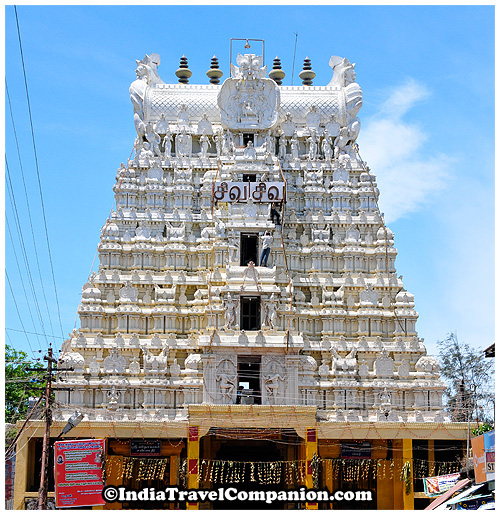
8. Ramanathaswamy: Located on the island of Rameshwaram, at the extreme southern corner of India, the hallowed temple of Ramanathaswamy, is a divine heaven where innumerable devotees assemble to pay tributes to the holy Hindu deity, Shiva. There is the temple which had been glorified by the songs of three of the most revered Nayanars- Appars, Sundarar and Tirugnana Sambandar. Built during 12th century by Pandya dynasty, the temple proudly showcases the longest corridor among all the Hindu temples of India. Both the Shaivites and Vaishnavites communities consider this as a holy spot. This is one of the twelve Jyotirlingams of Shiva as well.
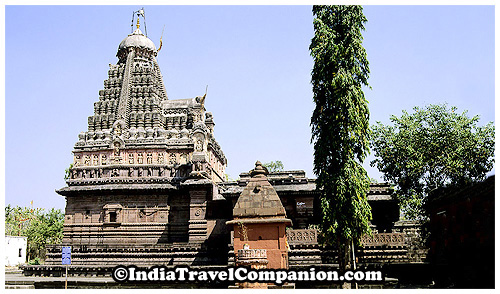
9. Grishneshwar: About 11 km away from Daulatabad, the divine Grishneshwar is a divine paradise which is dedicated to Shiva. Located near the renowned Ellora caves, the Grishneshwar is one of the twelve Jyotirlingams of Shiva as well.
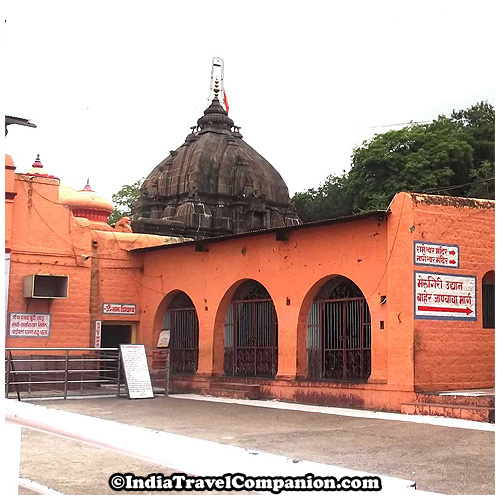
10. Vaidyanath: Well-known as the Baba Dham in the propinquity, Vaidyanath, is one of the most sacred Shiva abodes in India. There are a lot of confusions which hover around the exact location of the Vaidyanath temple (Deogarh, Parli and Baijnath).
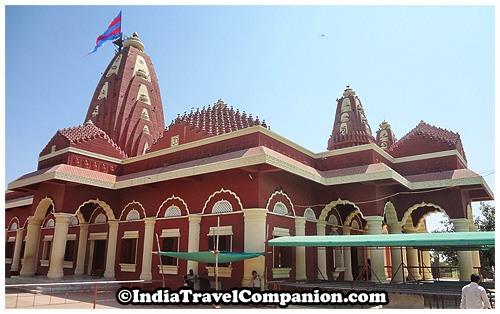
11. Nageshvara: Believed as the first Jyotirlingam on the Earth, Nageshvara, is another Jyotirlingam of Shiva. The name of this shrine was also found in the Shiva Purana. There are three identical shrines which resembles the structure of this Jyotirlingams. Three of these identical shrines in India are Jageshwar temple (Uttarakhand), Nageshwara temple (Gujarat) and Nagnath temple (Maharashtra).
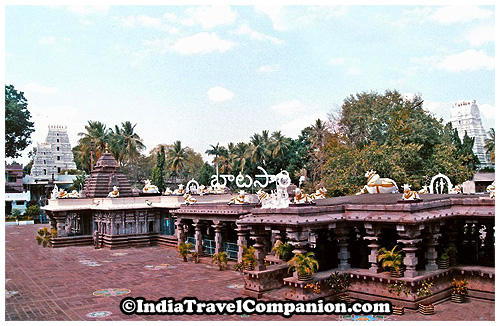
12. Mallikarjuna Swamy: Situated at Srisailam in Andhra Pradesh, Mallikarjuna Swamy temple is one of the 275 Paadal Petra Sthalams and is one of the twelve Jyotirlingams of India.
Description of the 12 Jyotir Lingams in Shiv Purana :
Saurashtra Somnatham Cha Shrishaile Mallikarjunam ||
Ujjainyam Mahakal Omkare Mammaleshwaram ||
Parlyam Vaijnatham Cha Dakinyam Bheema Shankaram ||
Setu Bandhe Tu Ramesham Nagesham Daruka Vane ||
Varanasya Tu Vishwesham Tribakam Gautamitate ||
Himalaye Tu Kedaram Ghurmesham Cha Shivalaye ||
Aetani Jyotirlingani Sayam Prataha Pathennaraha ||
Sapta Janma Kritam Papam Smaranen Vinashyati ||
One who recites these 12 names regularly in the morning and evening he washes all the sins committed in the previous 7 births and attains all the powers and Siddhis.